Nội Dung Chính
(Page 132)
The following pages are for the pair work and group work activities in the Communication sections.
(Page 133)
UNIT 3 LANGUAGE FOCUS
Work with a partner. Copy the words you wrote on page 31 in the spaces below. Then take turns reading each problem and giving each other advice.
Problem 1:
I want to dress better. My (1) _______ always gives me advice. He/She always says, "If I were you, I'd wear more colorful (2) _______ and (3) _______. You'll look nicer." He/She also says (4) _______ is a good color for me. Should I take this advice? Do you have better advice for me?
Problem 2:
I want to have a healthier lifestyle. My sister says I should eat more (5) _______ and less (6) _______. She says I could do more sports, like (7) _______. Do you think this is good advice? What do you think I should do to have a healthier lifestyle?
UNIT 4 LANGUAGE FOCUS
Skim the news article. Ask your partner questions to complete the article. Use the words in parentheses to help you ask questions.
Student A:
A Cry for Help
A baby manatee calls out for her mother. She doesn't hear any reply. A man finds the baby and calls for help. He knows the baby won't survive without her mother-baby manatees need their mother to show them where to find food.
A rescue team rushes to the river. They see the baby manatee in the water. They lower a (1) _______ (what) into the water. They manage to catch the baby. They then carry her to the team's vehicle. Here, she is placed in a swimming pool and then driven to (2) _______ (where). The vet gives her (3) _______ (what). The examination shows that the baby, now named Kee, is underweight. To increase her weight, Kee is given milk derweight. To in (4) _______ (how often).
There is another manatee at the zoo, named Della. An accident with a boat caused her to be brought to the zoo. Della has given birth to a baby named Pal. This gives Virginia Edmonds, a caretaker at the zoo, an idea. She hopes Della will care for Kee like her baby. So the three manatees are placed in the same pool. Within hours, Della begins to feed Kee. Soon, they are doing everything together. They're one family now.
After five months, Della has recovered. It's time for her and her family to return to the wild. They are driven to the river's edge and released. "Kee is back where she belongs," says Edmonds.
(Page 134)
UNIT 5 LANGUAGE FOCUS
Look at the photos below. Ask your partner questions about the Pancake Rocks. Answer your partner's questions about The Valley of the Moon.
Student A:
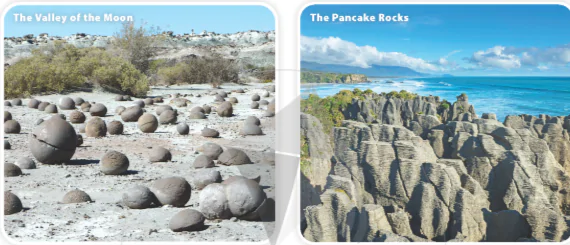
The Valley of the Moon The Pancake Rocks
What is The Valley of the Moon?
•The Valley of the Moon is a desert area in northwestern Argentina.
•The area has a dry and windy climate.
What's found there?
• Unusual rock formations--some are shaped like balls, others like towers, and even the Sphinx!
• Many dinosaur fossils are hidden within the rocks.
How were they formed?
• The rocks are up to 240 million years old. They were worn down by the wind.
• They were also shaped by rainwater.
What are the Pancake Rocks?
• The Pancake Rocks are ________________.
• The area also contains enormous ________________ that shoot seawater high into the sky during high tides.
Where are they?
• The west coast of the South Island of New Zealand
How were they formed?
• They were formed over 30 million years ago from ancient ________________.
• The plants and animals were flattened by ________________, and formed limestone.
• The limestone has since been shaped by ________________, ________________, and ________________.
(Page 135)
UNIT 4 LANGUAGE FOCUS
Skim the news article. Ask your partner questions to complete the article. Use the words in parentheses to help you ask questions.
Student B:
A Cry for Help
A baby manatee calls out for her mother. She doesn't hear any reply. A man finds the baby and calls for help. He knows the baby won't survive without her mother-baby manatees need their mother to show them where to find food.
A rescue team rushes to the river. They see the baby manatee in the water. They lower a small net into the water. They manage to catch the baby. They then carry her to the team's vehicle. Here, she is placed in a swimming pool and then driven to a local zoo. The vet gives her a checkup. The examination shows that the baby, now named Kee, is underweight. To increase her weight, Kee is given milk every three hours.
There is another manatee at the zoo, named Della. An accident with a (5) _______ (what) caused her to be brought to the zoo. Della has given birth to a baby named Pal. This gives Virginia Edmonds, a caretaker at the zoo, an idea. She hopes Della will care for Kee like her baby. So the three manatees are placed in (6) _______ (where). Within hours, Della begins to (7) _______ (what). Soon, they are doing everything together. They're one family now.
After five months, Della has recovered. It's time for her and her family to return to the wild. They are driven to the river's edge and (8) _______ (what). "Kee is back where she belongs," says Edmonds.
UNIT 11 COMMUNICATION
Read the information below.
Team A:
You support the project. Think of ways the building of the mall will benefit the town. Come up with a list of arguments. Think about these areas: the effect on the economy, jobs, and tourism. Also, think of points to counter Team B's possible arguments.
Follow these steps:
1. Team A: Present your arguments.
2. Team B: Counter Team A's arguments, and present your arguments.
3. Team A: Counter Team B's arguments, and summarize your arguments.
4. Team B: Summarize your arguments.
5. Discuss which team you think wins the debate.
(Page 136)
UNIT 6 COMMUNICATION
Choose one of the animals below. Give clues using the facts provided. Don't say the name of the animal you've picked. If Group B guesses incorrectly, give another clue until they guess the animal. The team with the fewer guesses wins.
Group A:
| Albatross (bird) Life span in the wild: about 50 years Habitat: Southern Ocean and North Pacific Ocean Interesting fact 1: It drinks salt water. Interesting fact 2: One was once recorded circling the whole world in 46 days. Interesting fact 3: It sometimes floats on the sea's surface. | Emperor penguin (bird) Life span in the wild: 15 to 20 years Habitat: Antarctica Interesting fact 1: It can dive 565 m and stay underwater for more than 20 minutes. Interesting fact 2: It only has one chick a year. Interesting fact 3: It keeps the egg warm by covering it with feathered skin. |
| Bottlenose dolphin (mammal) Life span in the wild: 45 to 50 years Habitat: Warm and tropical waters around the world Interesting fact 1: It can swim 30 km/h and jump almost 5 meters out of the water. Interesting fact 2: It only lets one half of its brain sleep at a time. Interesting fact 3: It can use echolocation to find its prey. | Northern fur seal (mammal) Life span in the wild: up to 26 years Habitat: Cold waters of the north Pacific Ocean Interesting fact 1: It usually looks for food at night. Interesting fact 2: It has large eyes that let it see well underwater and at night. Interesting fact 3: It has huge flippers to keep it |
| Dugong (mammal) Life span in the wild: about 70 years Habitat: Warm coastal waters of the Red Sea, Indian Ocean, and Pacific Ocean Interesting fact 1: It can stay underwater for 6 minutes. Interesting fact 2: It is related to elephants. Interesting fact 3: It was sometimes mistaken for a mermaid by sailors. | Hermit crab (shellfish) Life span in the wild: up to 30 years Habitat: Saltwater from shallow coastal areas to deep seas worldwide Interesting fact 1: It is active at night. Interesting fact 2: Some people keep them as pets. Interesting fact 3: It often climbs over another of its kind instead of going around. |
Group B's animals:
| leatherback turtle sea otter manta ray stonefish saltwater crocodile whale shark |
(Page 137)
UNIT 5 LANGUAGE FOCUS
Look at the photos below. Ask your partner questions about The Valley of the Moon. Answer your partner's questions about the Pancake Rocks.
Student B:
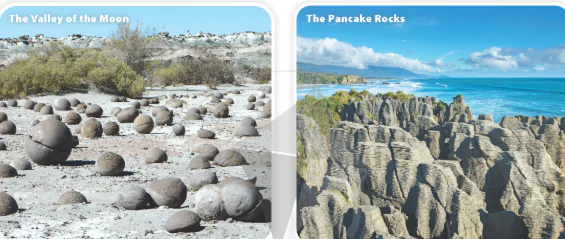
The Valley of the Moon The Pancake Rocks
What is The Valley of the Moon?
• The Valley of the Moon is a _______ in northwestern Argentina.
• The area has a _______ climate.
What's found there?
• Unusual rock formations-some are shaped like _______, others like _______ and even the Sphinx!
• Many _______ fossils are hidden within the rocks.
How were they formed?
• The rocks are up to 240 million years old. They were worn down by _______.
• They were also shaped by _______.
What are the Pancake Rocks?
• The Pancake Rocks are layers of flat rock.
• The area also contains enormous "blowholes" that shoot seawater high into the sky during high tides.
Where are they?
• The west coast of the South Island of New Zealand
How were they formed?
• They were formed over 30 million years ago from ancient sea creatures and plants.
• The plants and animals were flattened by great water pressure, and formed limestone.
• The limestone has since been shaped by rain, wind, and seawater.
(Page 138)
UNIT 6 COMMUNICATION
Choose one of the animals below. Give clues using the facts provided. Don't say the name of the animal you've picked. If Group A guesses incorrectly, give another clue until they guess the animal. The team with the fewer guesses wins.
Group B:
| Leatherback turtle (reptile) Life span in the wild: about 45 years Habitat: Tropical and warm waters of the Atlantic, Pacific, and Indian Oceans, but seen in colder oceans, too Interesting fact 1: It can dive 1,280 meters and stay underwater for 85 minutes. Interesting fact 2: It buries its eggs in the sand. Interesting fact 3: It is endangered. | Sea otter (mammal) Life span in the wild: up to 23 years Habitat: Coasts of the Pacific Ocean in North America and Asia Interesting fact 1: It washes itself in the ocean to keep clean after eating. Interesting fact 2: It has to eat 3 hours a day to stay warm. Interesting fact 3: It uses rocks to break open shellfish. |
| Manta ray (fish) Life span in the wild: up to 20 years Habitat: Warm waters, often near coral reefs Interesting fact 1: It looks like a blanket. Interesting fact 2: It looks dangerous but is actually very gentle. Interesting fact 3: It eats about 13% of its body weight in food each week. | Stonefish (fish) Life span in the wild: not known Habitat: On coral reefs and near rocks, in warm and tropical waters of the Indian and Pacific Oceans Interesting fact 1: It is one of the most poisonous fish in the world. Interesting fact 2: It can live outside of the ocean for 20 hours. Interesting fact 3: It hides itself and waits for its prey to swim past. |
| Saltwater crocodile (reptile) Life span in the wild: up to 70 years Habitat: Freshwater and saltwater areas of eastern India, southeast Asia, and northern Australia Interesting fact 1: Some people say they are the animal most likely to eat a human. Interesting fact 2: It kills 1-2 people every year in Australia. Interesting fact 3: It sometimes swims far out to sea. | Whale shark (fish) Life span in the wild: from 60 to 100 years Habitat: Warm and tropical waters all over the world Interesting fact 1: It looks dangerous but is actually very gentle. Interesting fact 2: It eats tiny plants and animals. Interesting fact 3: It can only reproduce when it is about 30 years old. |
Group A's animals:
| albatross emperor penguin bottlenose dolphin northern fur seal dugong hermit crab |
(Page 139)
UNIT 11 COMMUNICATION
Read the information below.
Team B:
You don't support the project. Think of ways the building of the mall wouldn't be good for the town. Come up with a list of arguments. Think about these areas: the effect on small businesses, housing prices in areas near the mall, and the environment. Also, think of points to counter Team A's possible arguments.
Follow these steps:
1. Team A: Present your arguments.
2. Team B: Counter Team A's arguments, and present your arguments.
3. Team A: Counter Team B's arguments, and summarize your arguments.
4. Team B: Summarize your arguments.
5. Discuss which team you think wins the debate.
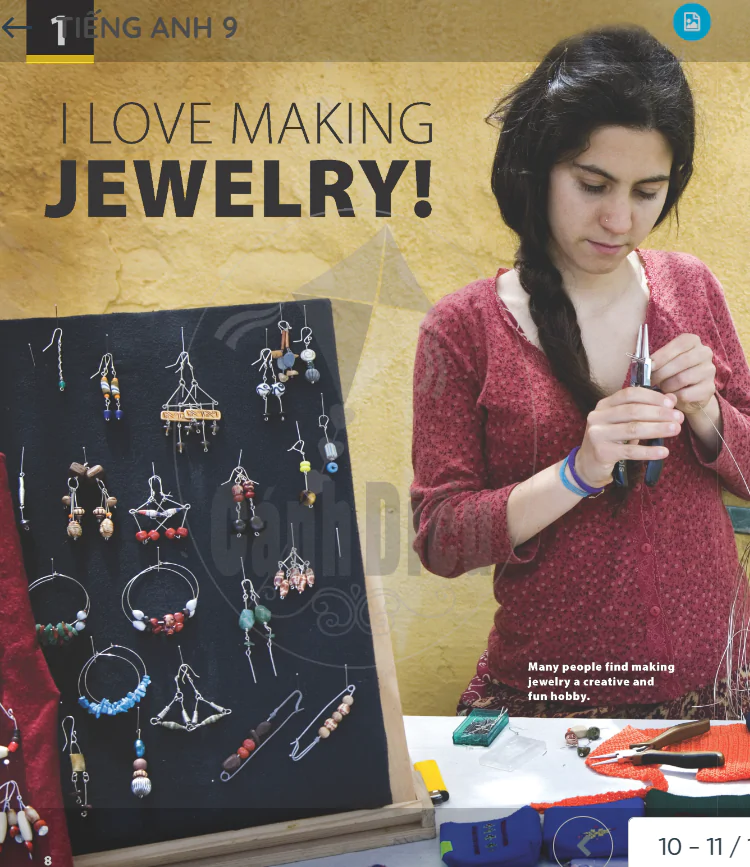
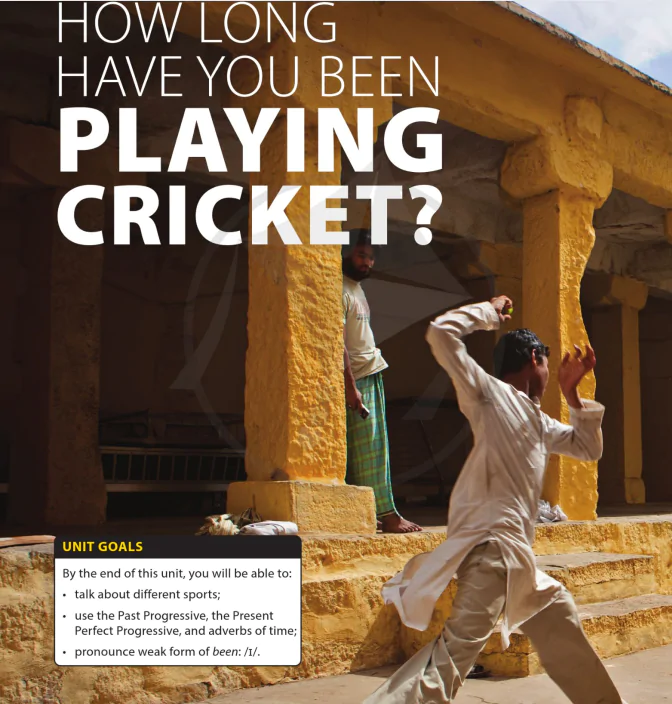
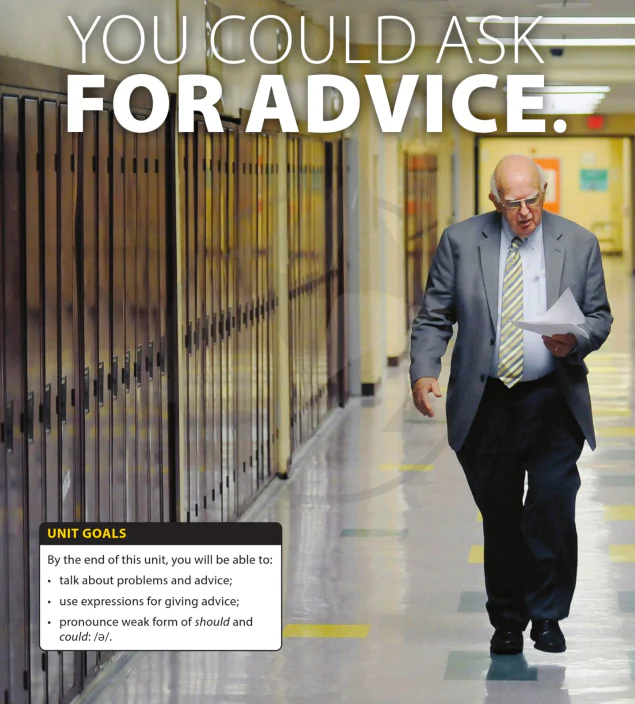
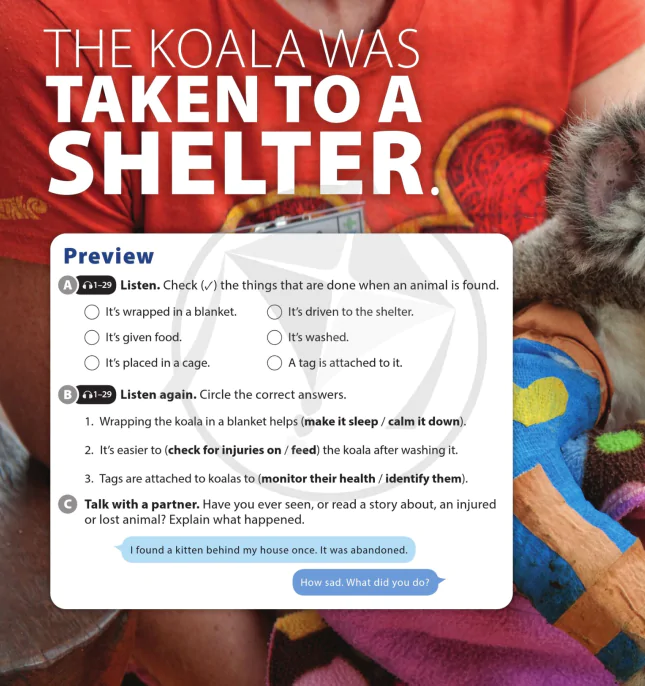
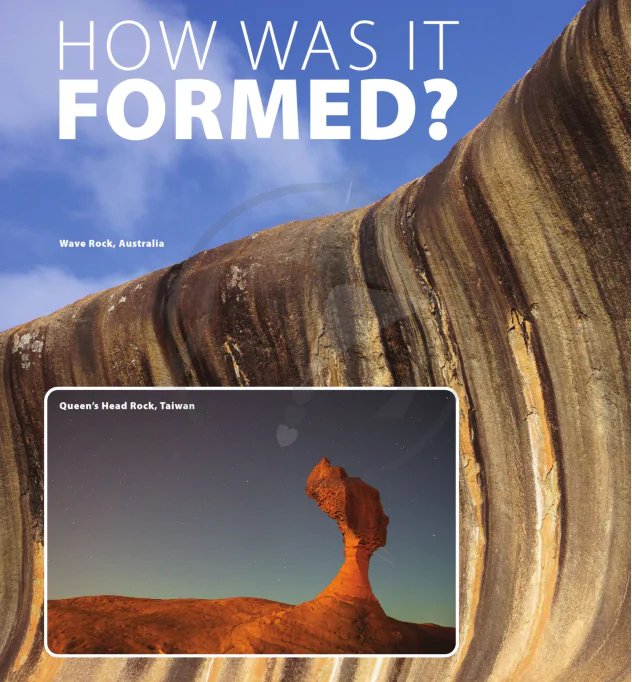
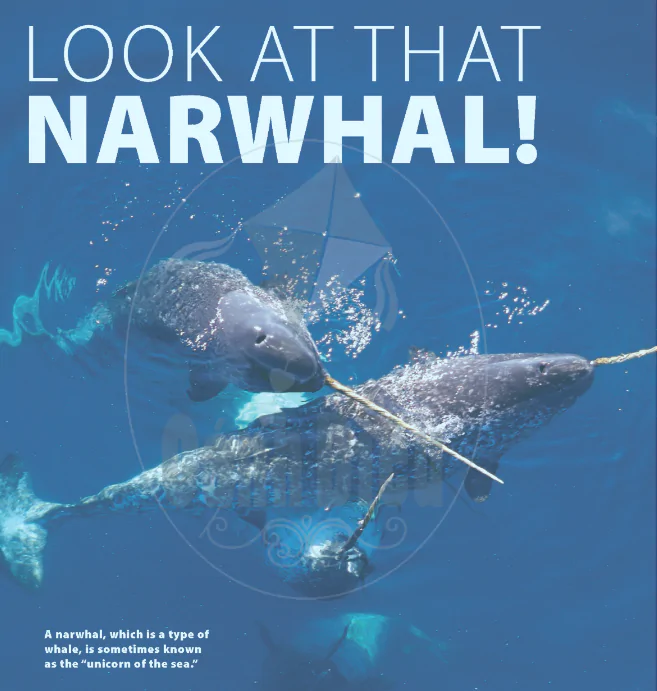
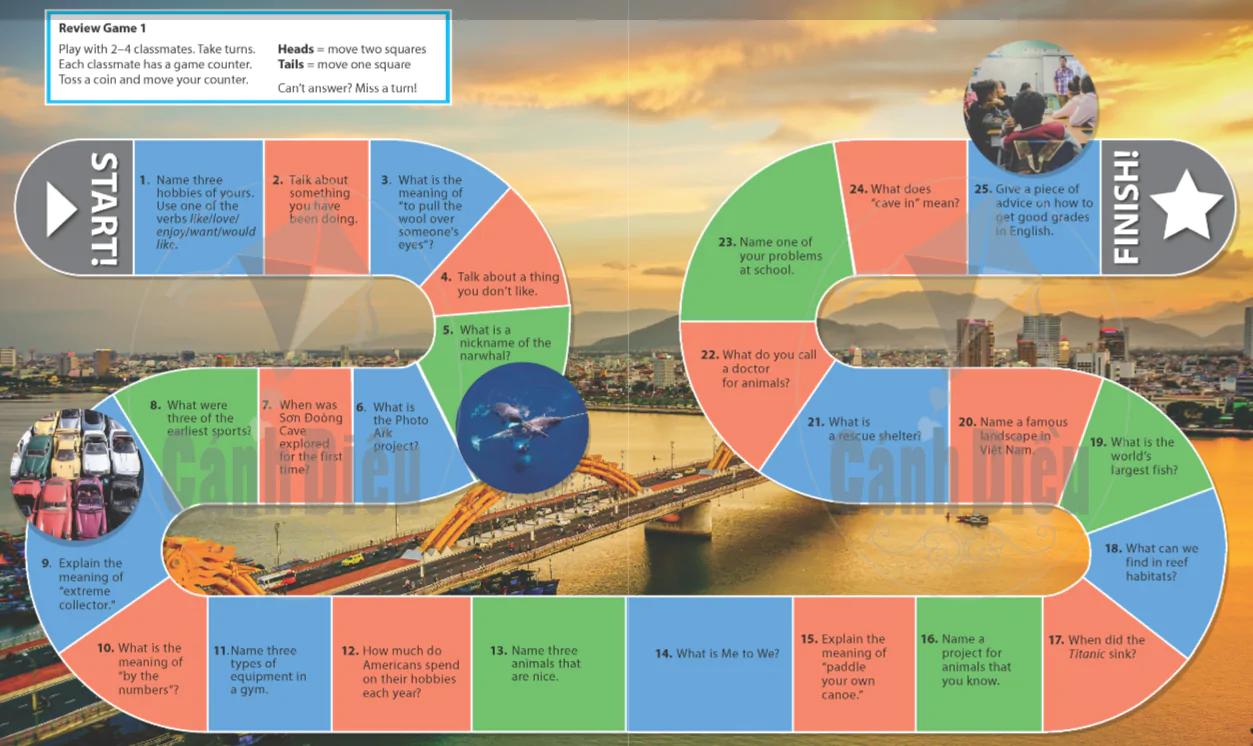
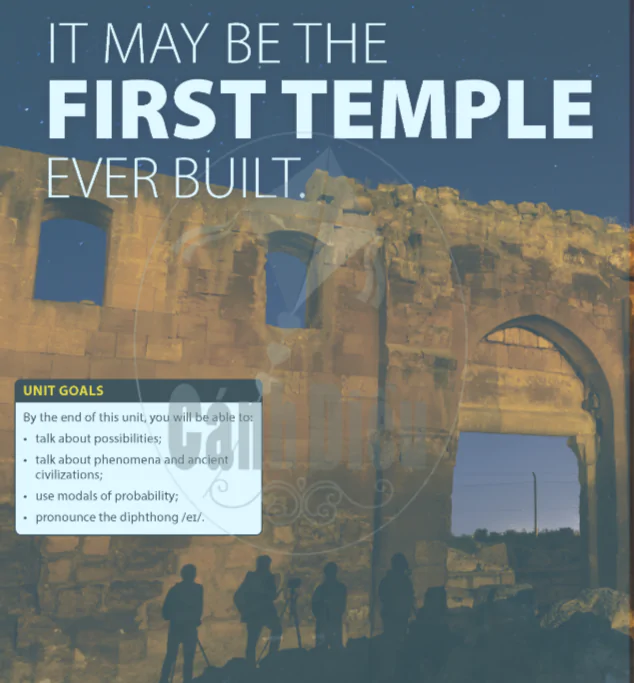
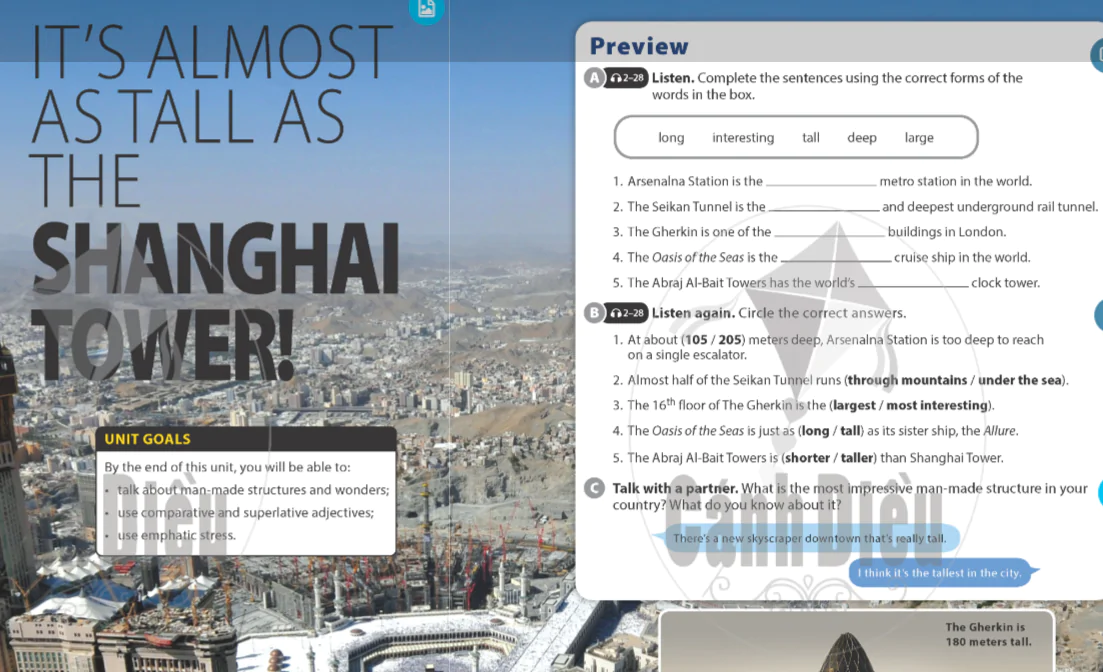
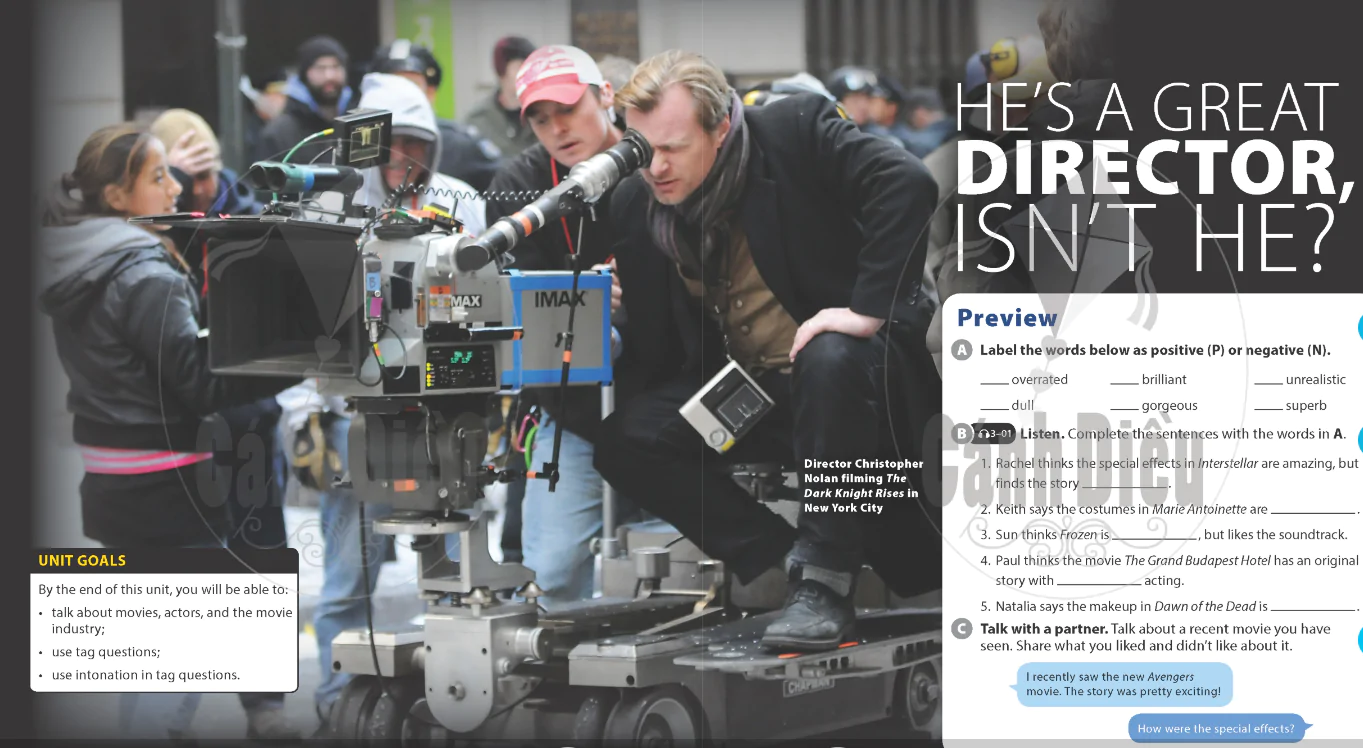
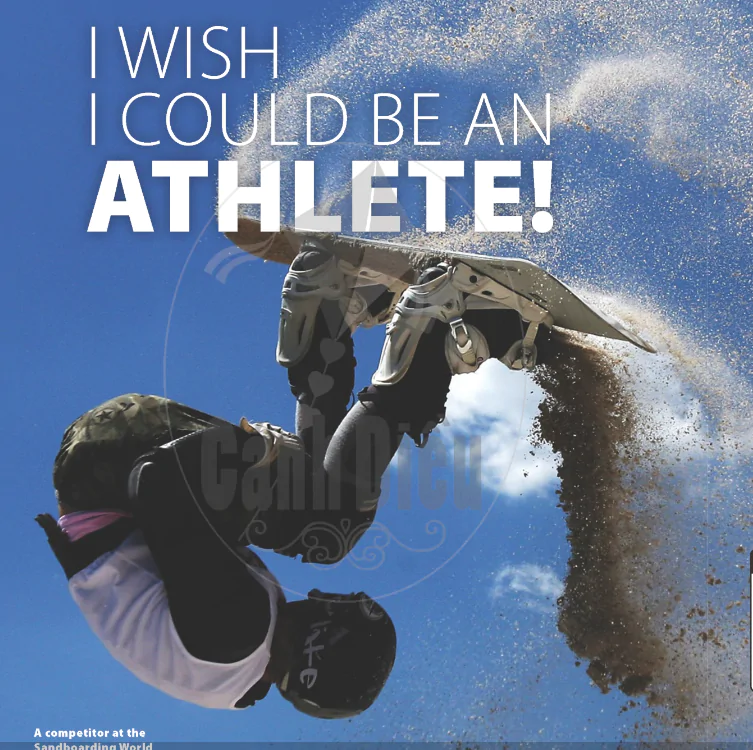
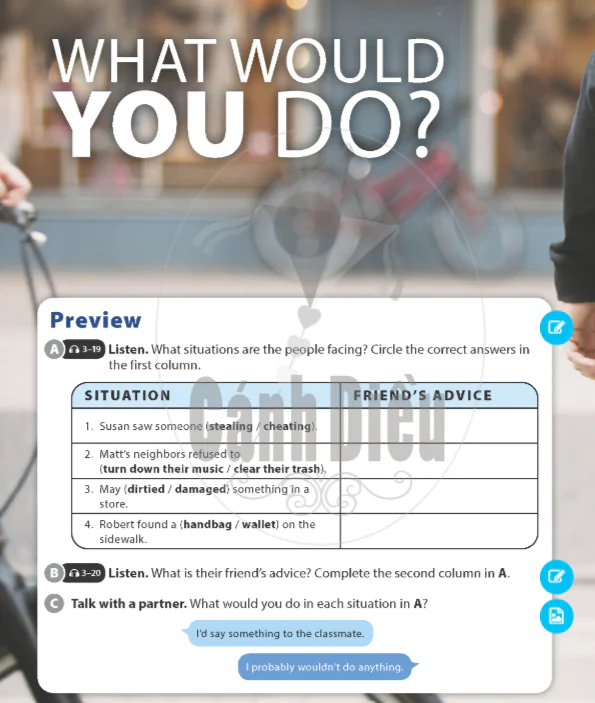
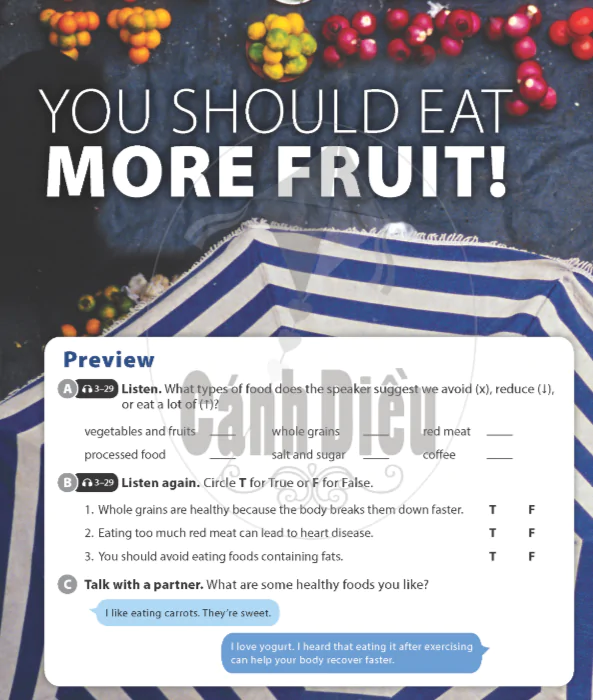
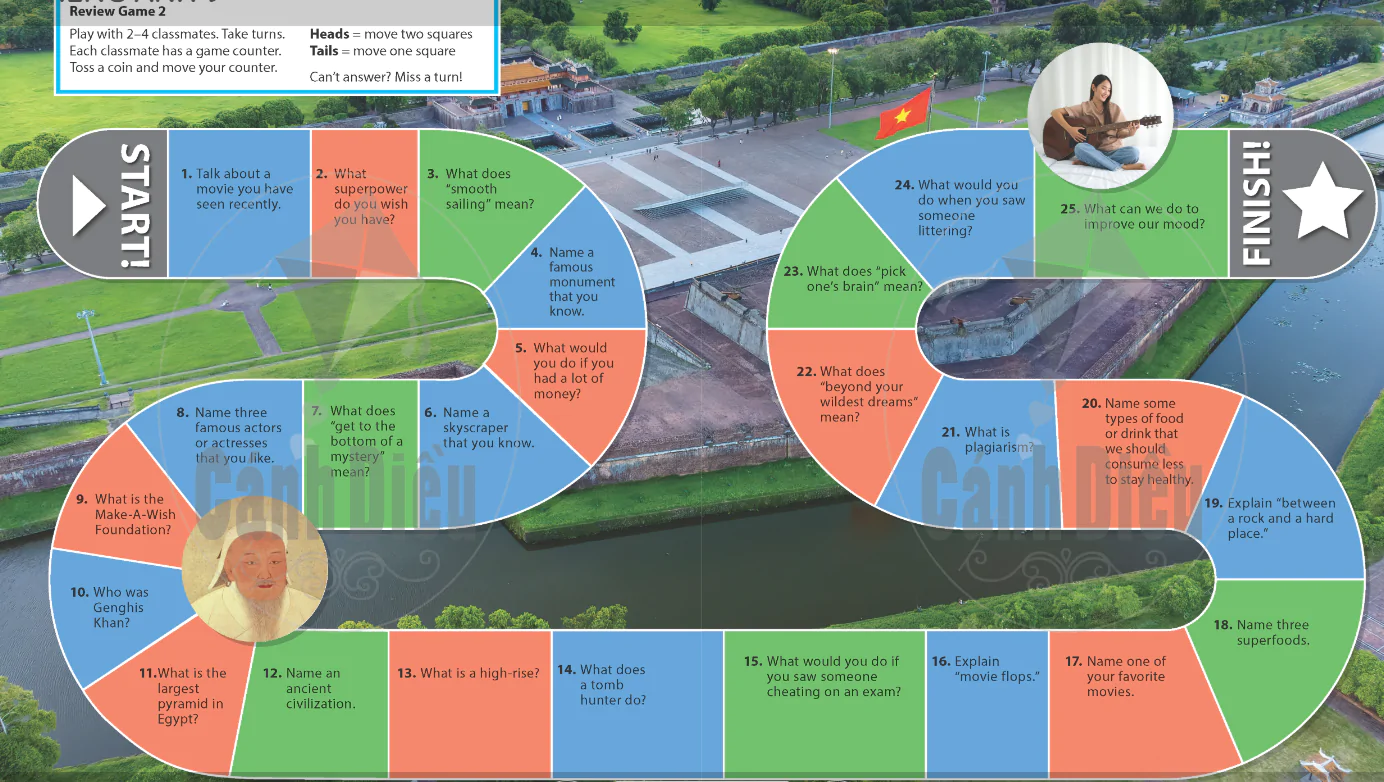
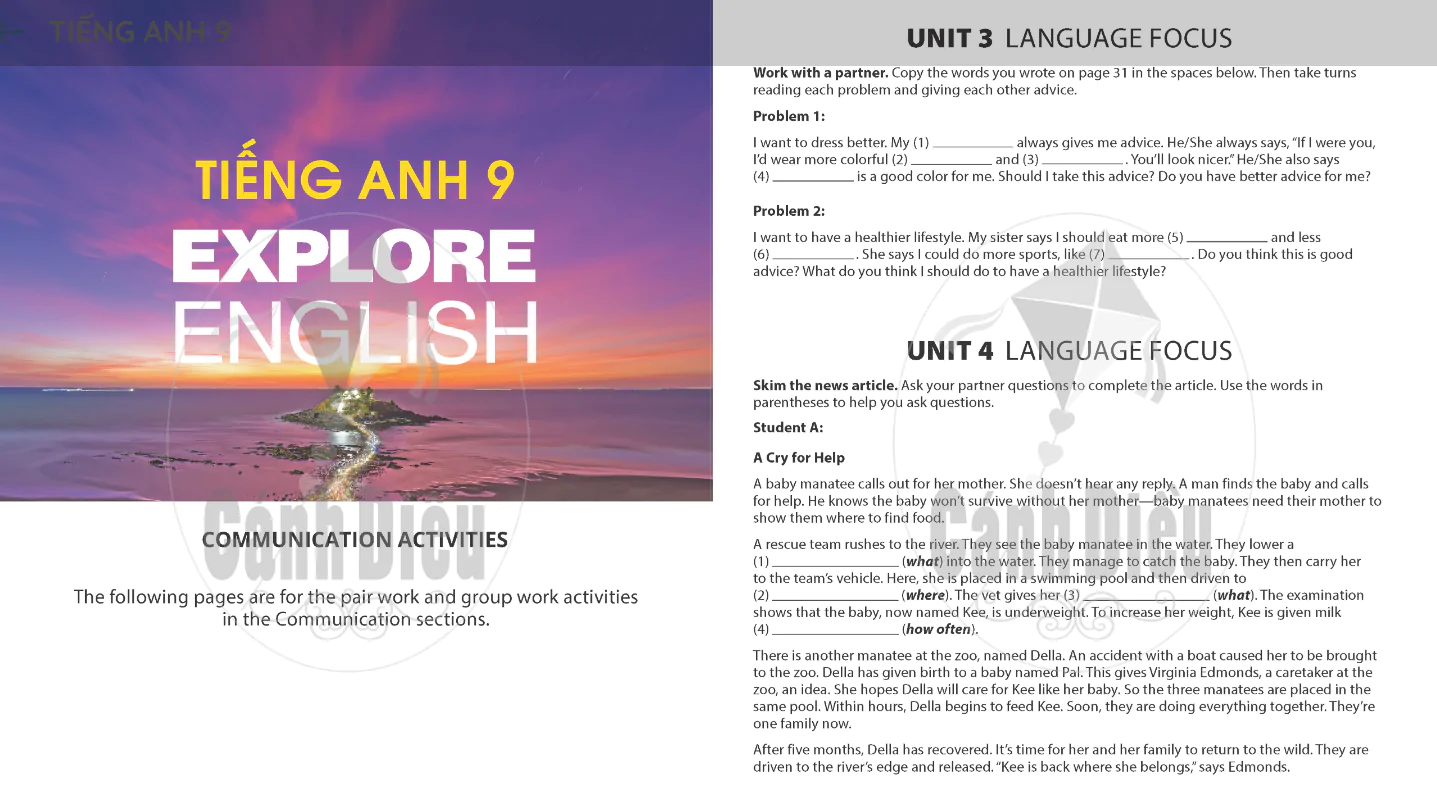
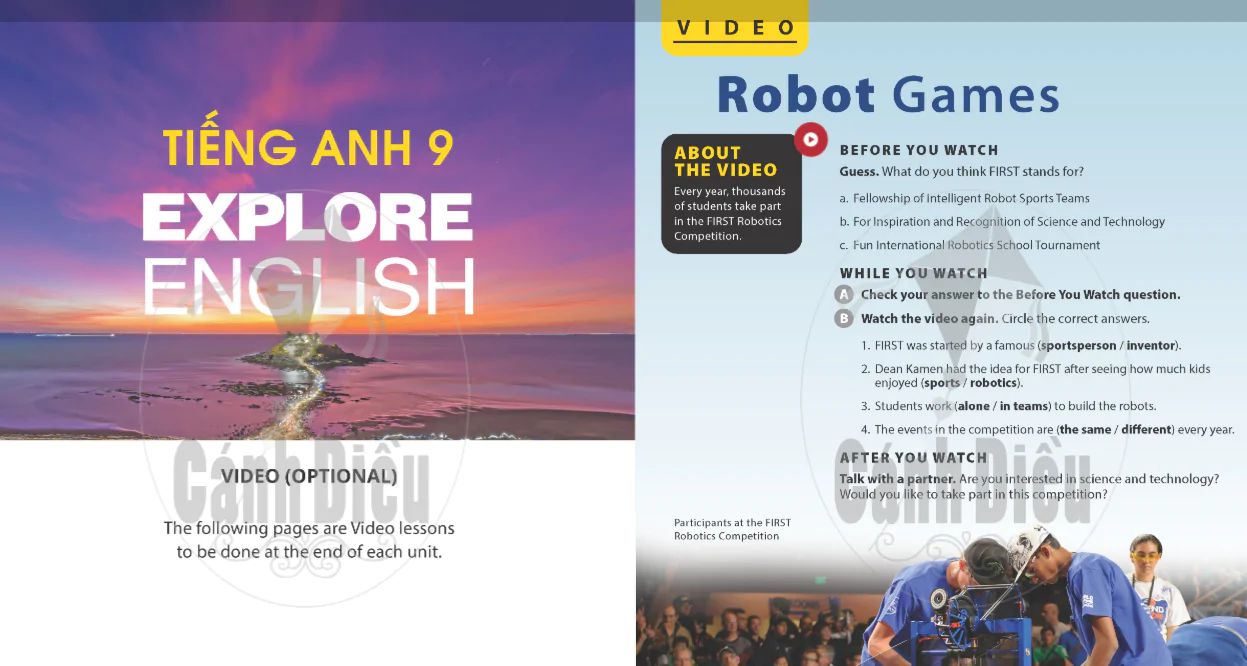
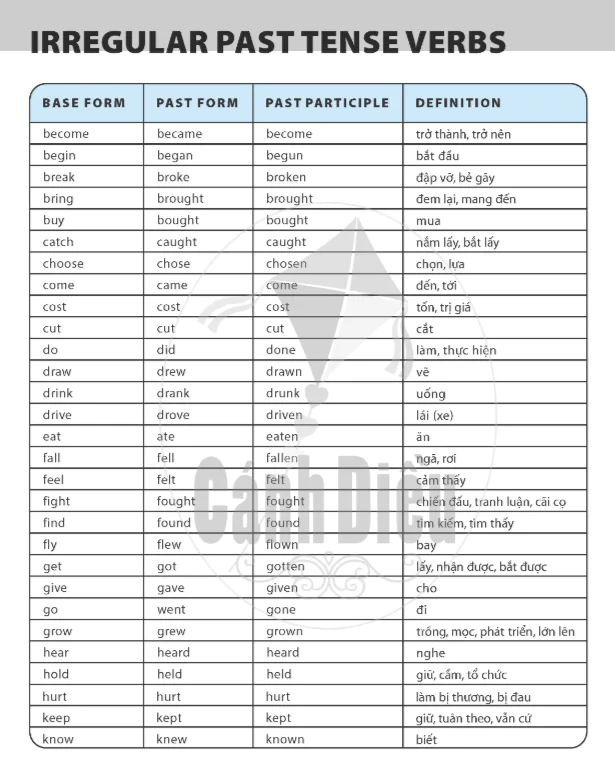
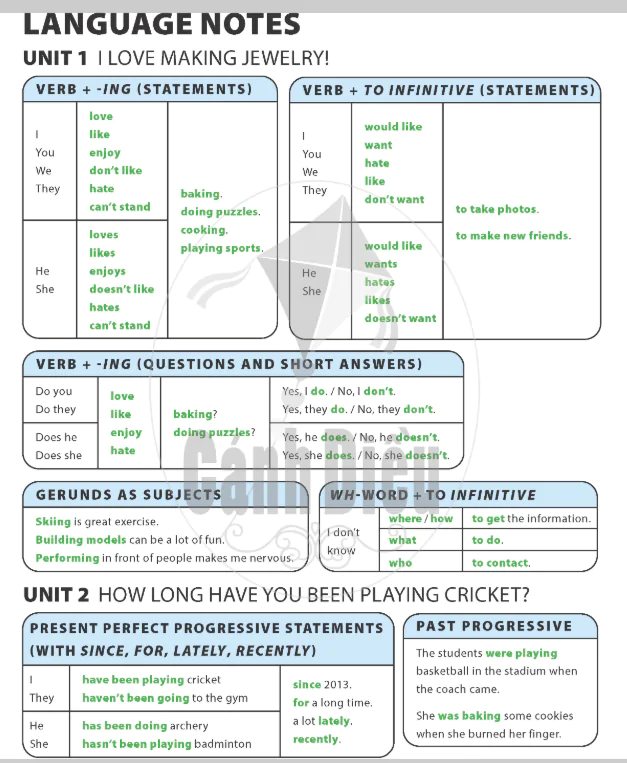
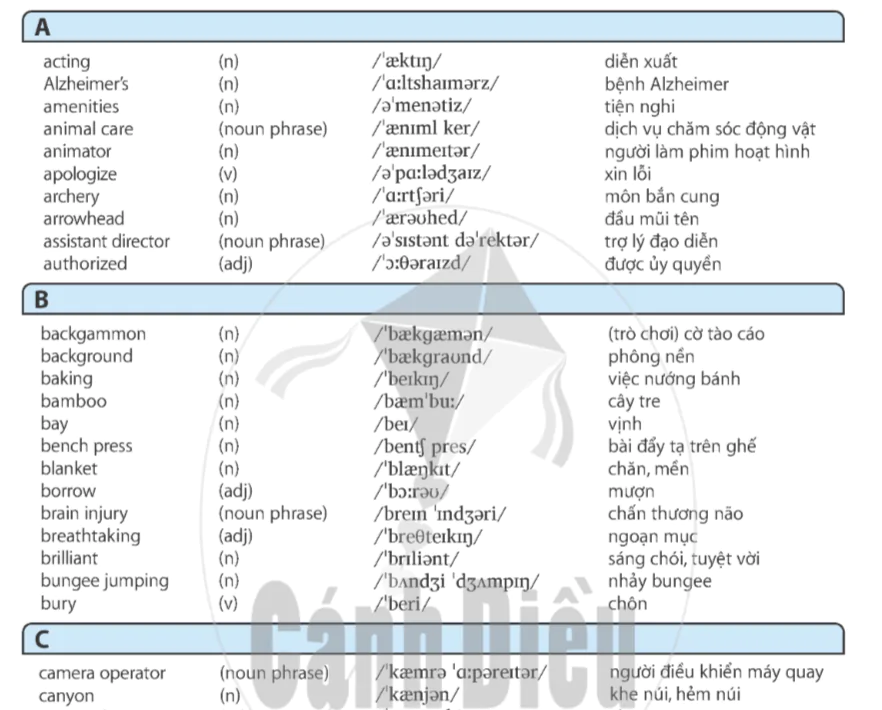
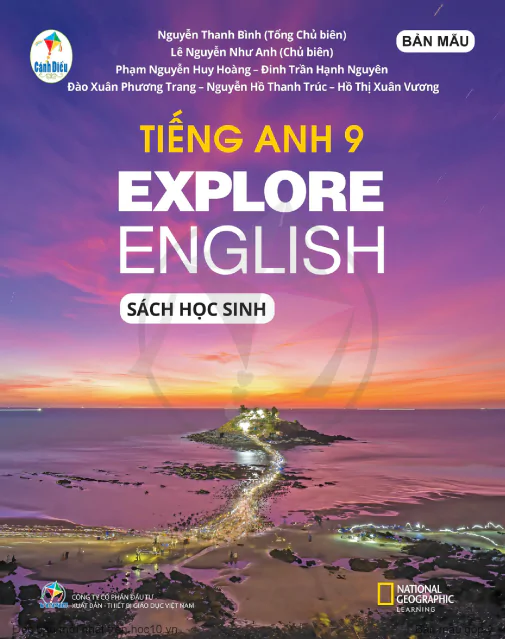

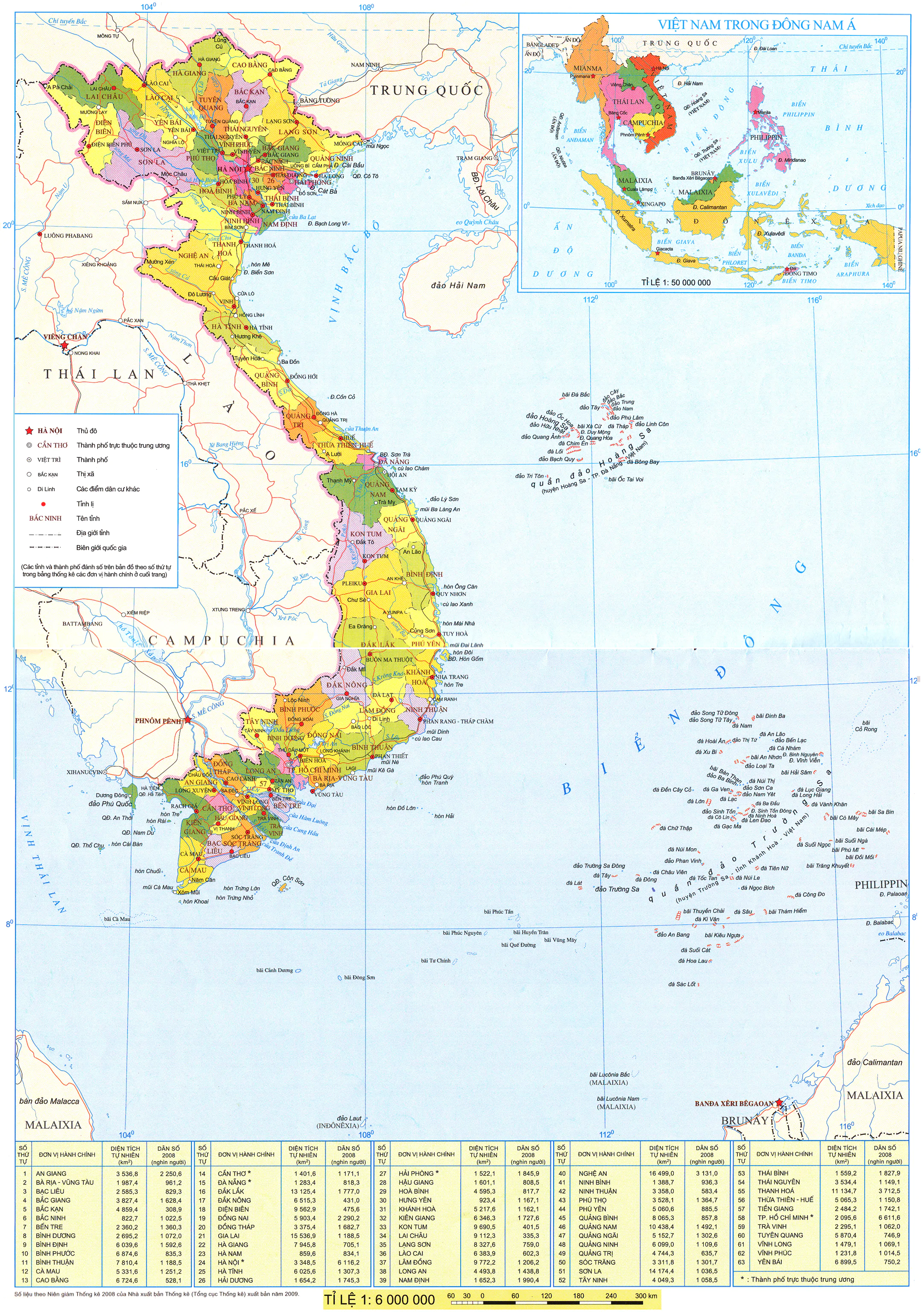
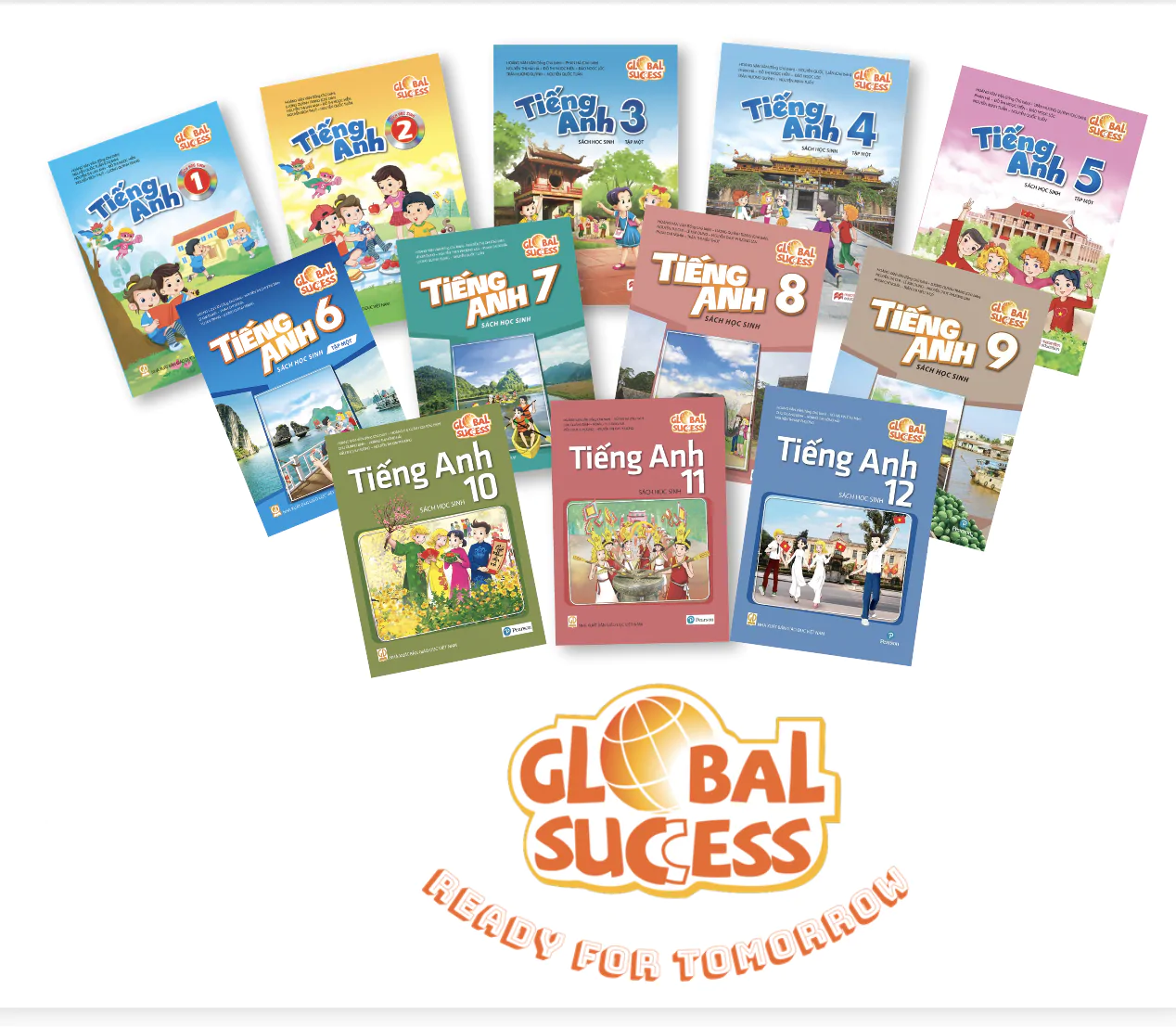

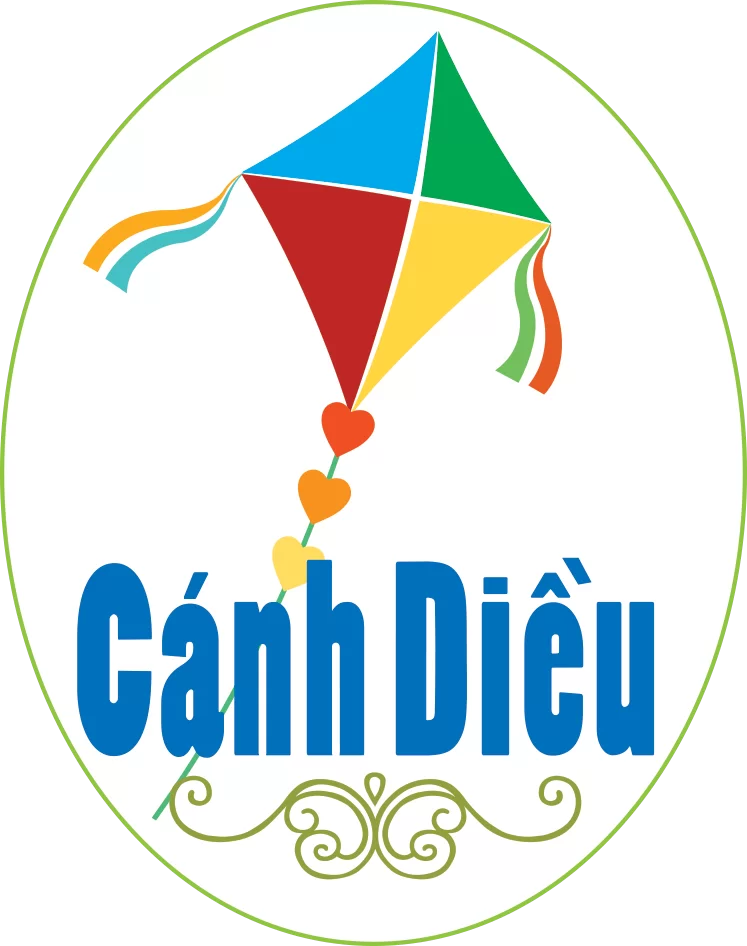












Bình Luận
Để Lại Bình Luận Của Bạn